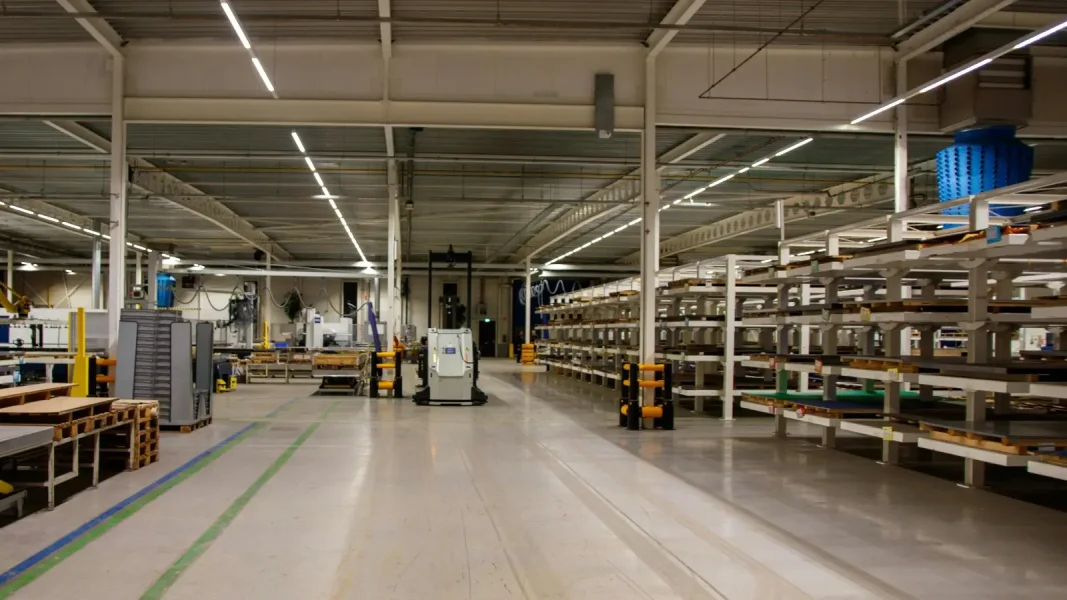Retail, a key sector of the economy, is constantly evolving to adapt to the changing expectations of consumers.
In this context, assortment optimization becomes a strategic priority for retailers. It relies on a thorough analysis of assortments , enabling the identification of products to retain, develop, or remove, in order to better target customers and improve overall profitability.
Using assortment analysis tools , retailers can effectively leverage their sales, stock, and customer behavior data. These solutions allow them to visualize the performance of each product, detect growth opportunities, and adjust the offering more precisely, making assortment optimization both more reliable and more strategic.
This article highlights the reasons why assortment optimization, analysis, and the use of efficient tools are now essential for players in the retail sector.
Assortment Optimization: A Key Challenge for Retail?
Constantly evolving consumer demand
One of the main driving forces behind assortment optimization is the constant evolution of consumer preferences and needs. Not only are customers looking for high-quality products, they are also more concerned about their health, the environment and price. To satisfy these diverse expectations, retailers must constantly adjust their assortments.
For example, the growing popularity of organic and local products reflects changing consumer habits. Retailers must therefore introduce new products to meet this demand. While continuing to offer traditional products to satisfy all customer segments.
Fierce competition in the retail sector
The retail sector is highly competitive. Consumers have a wide range of places to shop, whether it’s traditional supermarkets, convenience stores, online shops, or home delivery platforms. To stand out, retailers must constantly innovate and improve their product offering.
Assortment optimization allows retailers to differentiate themselves from the competition by offering a product selection that precisely meets the needs of their customers. This can be achieved through the introduction of exclusive brands, niche products, or seasonal product ranges. In doing so, they provide a unique shopping experience for customers, enhanced by a coherent product range that streamlines the shopping journey and encourages customers to complete their cart.
The Benefits of Assortment Optimization for Retailers
For retailers, optimizing the assortment means offering the right products, in the right place, at the right time. This strategic approach brings numerous benefits:
Alignment with Local Expectations by tailoring the offering to the specifics of each store, retailers enhance commercial relevance and customer satisfaction.
Improved Performance
A more targeted selection helps increase turnover, reduce unsold stock, and maximize margins.Reduction of Logistics Costs
Less overstock, fewer stockouts: optimized assortment streamlines the supply chain and minimizes losses.Market Responsiveness
With the help of data and analytical tools, retailers can quickly adjust their offering based on trends and purchasing behaviors.
Using technology to optimize assortments
Technology plays a crucial role in the assortment optimization process. Retailers use advanced software solutions to collect, analyze, and interpret sales data. This information enables retailers to make informed decisions about the product selection to offer.
Artificial intelligence (AI) and machine learning are also increasingly used to predict customer demand and optimize stock levels. Additionally, smart pricing solutions can help adjust prices based on demand, market trends, and product performance. This combined approach allows retailers to avoid stockouts on popular products, minimize losses on less-demanded items, and optimize the profitability of the entire assortment.
Towards Intelligent and Scalable Assortment Management
Faced with increasingly demanding consumers and intense competition, retailers must constantly adjust their offering to stay competitive. By combining a deep understanding of customer preferences with advanced technologies such as AI and dynamic pricing, they no longer just follow the market—they stay ahead of it.
Assortment optimization, coupled with an agile pricing strategy, enhances profitability, strengthens the customer experience, and allows for quick reactions to industry changes. To fully leverage these benefits, it is essential to invest in powerful tools that can turn data into actionable decisions.
In short, optimized assortment and dynamic pricing form an essential strategic duo for driving growth in retail.







